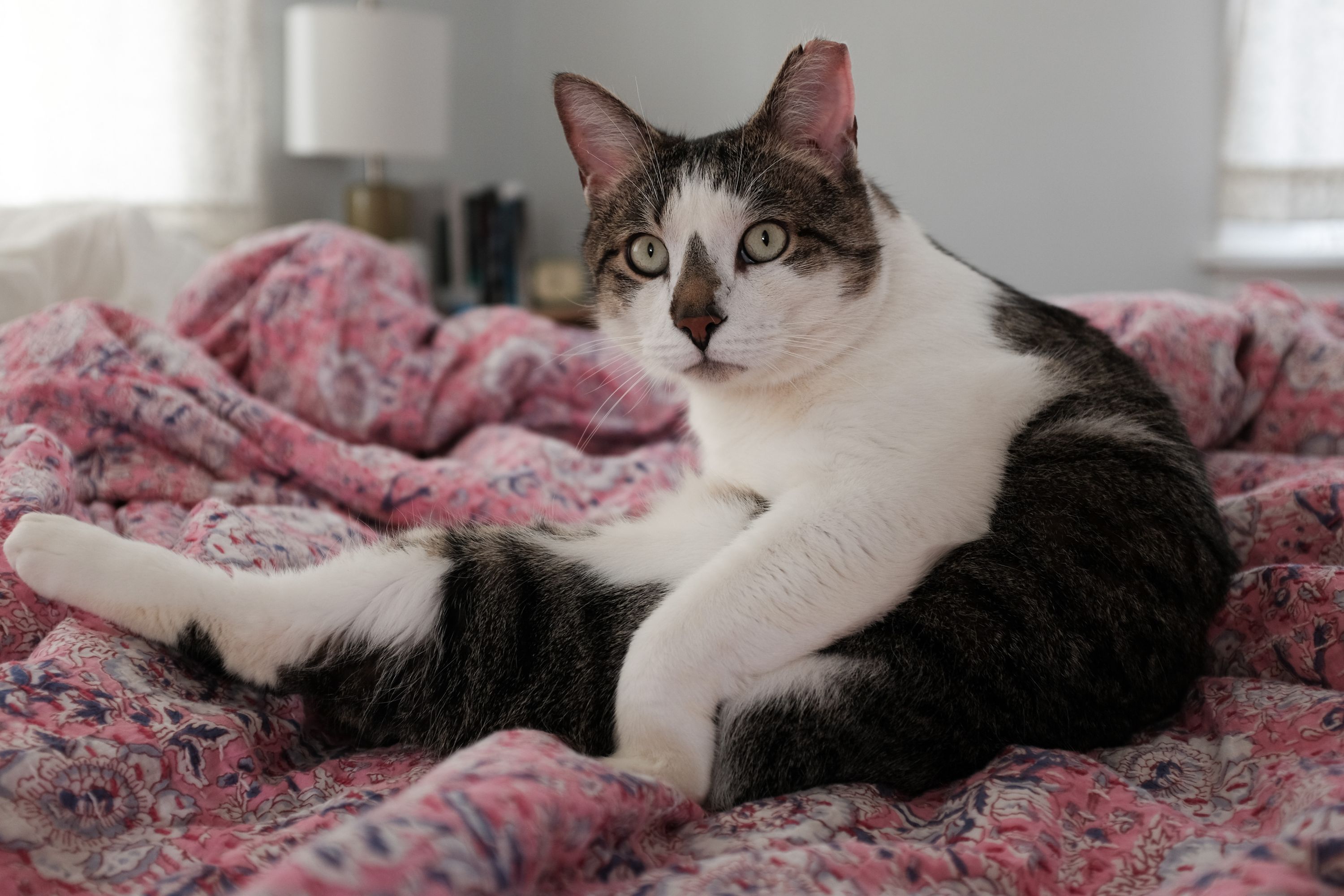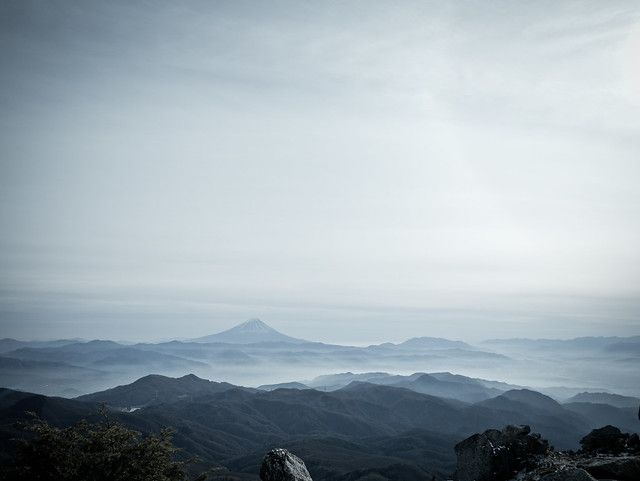Accidental reading and hanging out with people smarter than me
I started reading, accidentally! A group of UX and product management people at work hosted a video call to discuss Jennifer Pahlka’s book Recoding America, which I haven’t read. A couple of them mentioned that they also hadn’t read it yet, but they had reserved it in Libby, the app for borrowing ebooks from your local library. I thought I’d see how easy it was to sign up and use, and two minutes later I had borrowed Seamas O’Reilly’s Did Ye Hear Mammy Died? and loaded it on the Kindle, and downloaded the audiobook of Subtract by Leidy Klotz. Knowing I have two weeks to finish both gives me just a gentle nudge to keep at them, like there’s a point to all this.
It’s easy to start doing something, feel like you’ve always done it, and lose sight of what got you to consider it in the first place. I’d heard of Libby a ton of times, but hearing co-workers talk about it gave it a critical mass it didn’t have before. It must be something about hanging out with people smarter than yourself. Same reason I started attending the weekly Tinderbox meetup. I’m not even really working on much of a Tinderbox project right now, but I get a charge from seeing and hearing researchers use a tool for things that are over my head.
Getting original filenames back in Lightroom Classic
In the process of extricating myself from Capture One, I imported a bunch of folders of photos into Lightroom Classic that had already been renamed to yyyymmdd-[original camera filename].[extension] by Capture One. Only after I re-applied some edits in Lightroom did I realize that my regular Lightroom import process had done another rename to those, so now they looked like yyyymmdd-yyyymmdd-[original camera filename].[extension]. Not a big deal, but it bugged me to see the date twice. And you can’t batch-rename those files in the Finder because Lightroom will get confused.
I saw that one of the metadata fields in Lightroom is called “Original Filename”, which is the filename Lightroom saw before it renamed anything during import. You can get those original filenames back by doing this:
- Select all the photos in the folder
- Go to Library > Rename Photos…
- Click the “File Naming” dropdown and select “Edit…”
- Clear out whatever is in the expression box
- Click the second dropdown under “Image Name” and select “Original filename”, then click Insert
- In the Example above the box, you should see your original filename
- Click Done
- Click OK
- Confirm that your images are all renamed correctly in Lightroom
- You can even look at the image filenames in the Finder to feel extra sure that they’re all correct now
Karl Wallinger
I haven’t figured out why some celebrity deaths hit harder than others. Very few if any celebrities are people I’ve met, but I spend enough time with the art of enough of them that I have a reflexive “oof” when I see some names pop up in the obituaries. Richard Lewis, Andre Braugher, Matthew Perry, Sinéad O’Connor — I took those a bit personally. But then Karl Wallinger from World Party (and briefly, The Waterboys) died a week ago at 66 and I’ve been thinking about him ever since.
I liked three World Party songs a lot: “Ship of Fools”, “Is It Like Today?”, and “Way Down Now”, and they were about all I knew of the band. “Ship of Fools” came on my radar when I was 15 and my obsession with nuclear weapons was still raw. Now that I listen back to the lyrics and see the video, there’s nothing in it that says the song is about nukes, but he’s obviously warning about many forms of apocalypse. I must have been seeing mushroom clouds in his eyeglasses with the way that creepy bluescreen effect worked.
So that one song of his had an outsized effect on me, and his name stuck with me for a long time. His other hits are blessed with hooks, and I always regarded him as especially gifted. And then he died, 13 years older than me. Maybe it was related to his aneurysm from 2001, I don’t know. But I felt sad and cheated when I heard about it.
And Karl was a friend and bandmate of Chris Whitten, one of my favorite drummers. He was fairly devastated by the news according to his post on Instagram.
And only because of all this did I learn about Karl having been in The Waterboys from 1983–1985. I never liked them before, but Sarah knows the Waterboys and she just introduced me to Fisherman’s Blues and now I want all those non-Waterboys years back. For some reason, my younger ears didn’t appreciate Mike Scott’s voice back in the day, but with age and the appetite for more varied sounds, I really get it. Like, I need it.
Even before you read or listen to the lyrics, you can feel Scott spinning like a centrifuge of grief. He might break apart any second and send shards of himself into the rest of the band and it’s one of the greatest things you can hear.
That’s a lot of stuff to learn and appreciate anew from the passing of one man.
Fujifilm X100T JPEGs are sometimes better than RAW

I finally admitted defeat this afternoon in the Fujifilm X100T JPEG vs RAW battle and took a cue from Danny Ngan’s How I configure my Fujifilm X100T for everything I photograph, in which he leaves lots of settings at their default when shooting color. I reset all the Classic Chrome parameters to zero, except I kept noise reduction at -2, and all the camera JPEGs now have more pleasing colors than Lightroom’s guess at RAW Classic Chrome. None of my Digistock presets (great as they are) looked better on the RAWs, either. The only time the JPEGs fail is if I wildly miss exposure, or if it’s a dim room and there are peoples’ faces and then they get all waxy in the JPEGs. This may save a ton of time, especially when you just want a photo of your cat and you don’t want to mess with it!
By the way, nice talking to you as well on Saturday, Dave Rogers!
Seeing the big picture in Tinderbox
I attended the weekly Tinderbox meetup again just now and added this comment in the chat:
The thing I love most about Tinderbox is that the rich text part of a note can be arbitrarily long. With the nested/outline view that we’re looking at, you can see everything in context, but it’s trivial to dive into a long note, view the text of a list of notes together, pick and choose notes to combine, etc. This is historically done in the filesystem with files and folders, but these nodes can have much nicer titles, metadata, actions, etc. It fits the way my brain works.
Being an outliner and more, org-mode can do similar things when you expand/collapse headings at certain levels, but there’s something about Tinderbox and its malleability and suitability for incremental formalization that gets the wheels turning for me.
What other people can do with my gear
Sometimes I fire up the Flickr Camera Finder and look for old cameras I still have, like the Panasonic GX1. Often I see images people make with that camera that far eclipse anything I’ve done with it or more expensive gear in the meantime. 16MP is still my favorite sensor resolution.
Here’s one by Calvin Lee:
And two by Takeshi Tanaka:
![Boats on Phewa Lake [Explored]](https://cdn.blot.im/blog_d85c7495adab49629c1ca8ff8b357458/_image_cache/86945343-3e1d-424b-8b2a-16adc3a10cd0.jpg)

